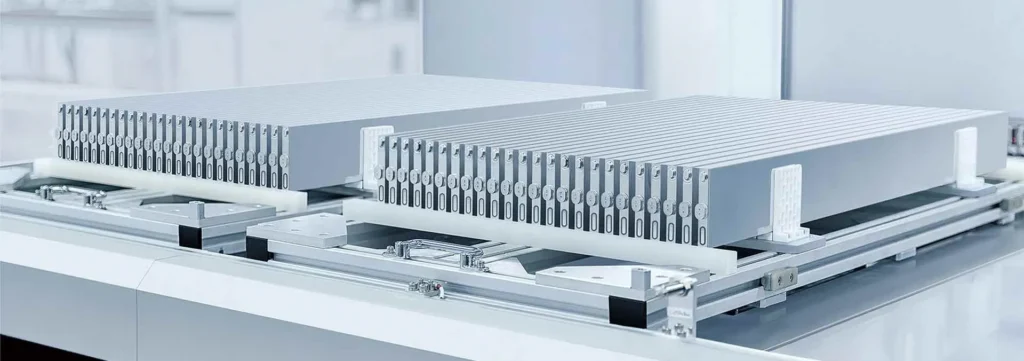
BYD, the Chinese EV giant, has made a thunderous announcement — their next-generation Blade Battery is launching sooner than expected. For those closely following the EV revolution, this is more than just a product update — it signals a dramatic shift in the battery technology landscape.
BYD: From Underdog to Industry Titan
In recent years, BYD has quietly but confidently climbed the ranks. It briefly surpassed Tesla as the world’s top EV seller, a feat that reflects not only its aggressive growth but its focus on innovation. BYD is now bigger than Nissan, Honda, and even Ford. What started as a low-cost Chinese EV maker has transformed into a global powerhouse.
Innovation on the Battlefield of EVs
The electric vehicle market has become a battlefield of innovation. BYD is not just fighting — it’s leading. Their Blade Battery technology isn’t a minor upgrade; it’s a redefinition of EV potential. Paired with a new EV platform that supports 1 megawatt charging, the next-gen Blade battery charges faster, lasts longer, and costs less.
80% charge in minutes. Lower costs. More safety. And to top it off — BYD has also revealed a flying car priced at just $4,999, aimed at mass production by 2030.
Why BYD’s Blade Battery Matters
1. The Lithium-ion Problem
Most EVs still depend on lithium-ion batteries that use nickel, cobalt, and manganese. While they provide high energy density, they are:
- Expensive (battery packs can cost over $10,000)
- Unsafe (risk of overheating and fire)
- Unethical (cobalt mining involves child labor and environmental damage)
2. The Blade Battery Breakthrough
BYD saw these flaws and decided not to patch them, but replace them. In 2020, they introduced the first-generation Blade Battery, based on lithium iron phosphate (LFP). No nickel. No cobalt.
Advantages of LFP Blade Battery:
- 🔥 Higher safety: Passes extreme tests like nail penetration and 300°C heat without catching fire.
- 💰 Lower cost: Up to 30% cheaper than traditional cells.
- 🛣️ Longer lifespan: Up to 5,000 cycles — over 1.2 million miles.
The New Blade Battery (2025): What’s Different?
The newly announced Blade Battery builds on this legacy. Here’s what makes it exceptional:
- Energy density: 190 Wh/kg (up from 150 Wh/kg) — nearing nickel-based battery levels.
- Range: BYD Han’s estimated 373-mile range could now touch 450+ miles.
- Fast charging: 30% to 80% in just 30 minutes with 110 kW DC fast charging.
- Efficiency: Less heat generation, better performance, and longer life.
How BYD Achieved This Leap
Unlike Tesla, which outsources battery production, BYD controls its entire supply chain — from mining to assembly. This vertical integration allows rapid innovation, reduced costs, and full control over battery chemistry.
The Flying Car Revolution
As if reinventing EVs wasn’t enough, BYD has revealed a compact electric flying car for just $4,999. Set to launch by 2030, the vehicle:
- Travels 25–30 miles
- Reaches 80 mph
- Takes off from small spaces
- Uses advanced Blade battery derivatives
This isn’t a billionaire’s toy. It’s a bold attempt to democratize air mobility — like Ford’s Model T did for cars.
What It Means for the Global EV Market
BYD’s progress poses a serious challenge to legacy automakers like Volkswagen, GM, and even Tesla. These companies have built entire supply chains around nickel and cobalt. Retooling to match BYD battery technology would cost billions.
With government mandates (like the EU’s 2035 gas car ban) and public interest in EVs rising, companies failing to adapt may be left behind.
Conclusion: The Future Is Arriving Faster
BYD is not just an automaker anymore. It is shaping the future of transportation technology — from ultra-efficient batteries to affordable flying cars. With innovations like the Blade Battery and vertical control over their supply chain, BYD is positioning itself as a global leader.
The question now isn’t whether BYD battery technology will define the future — but how quickly the rest of the world can catch up.